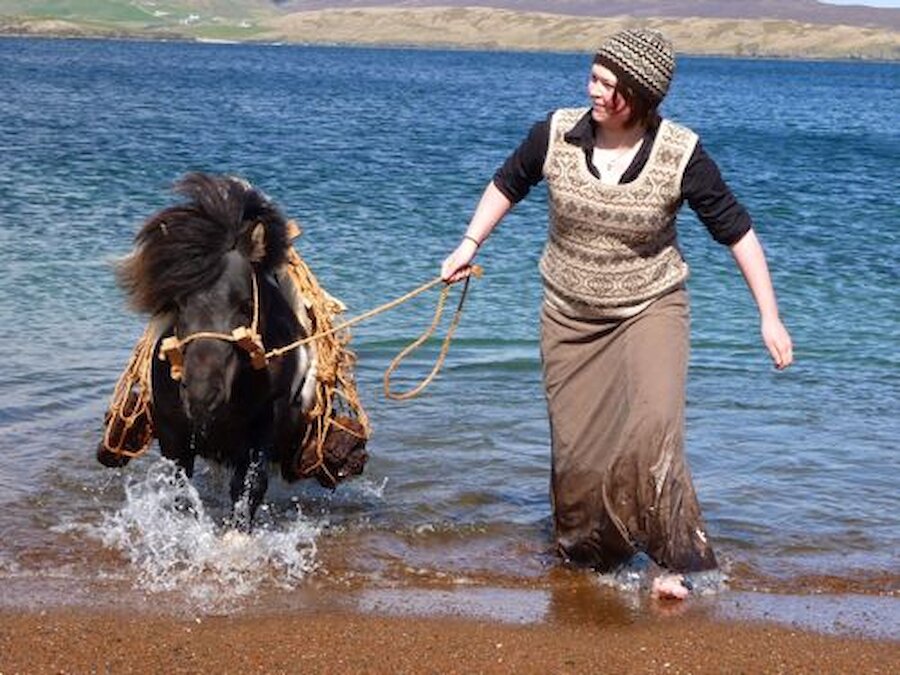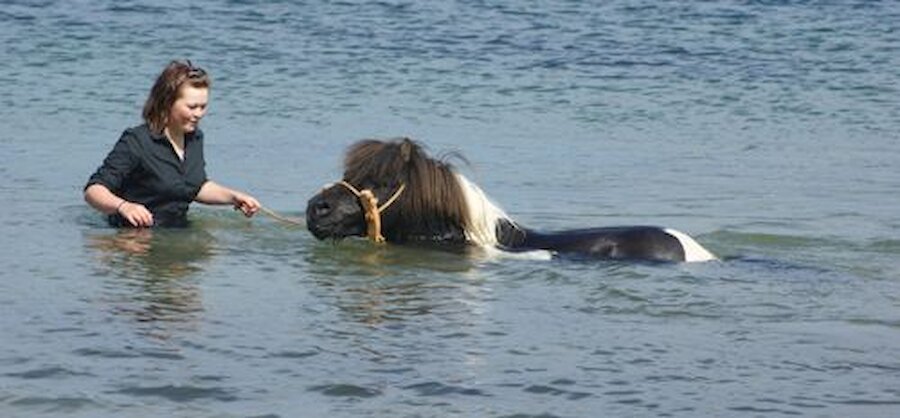Shetland's most famous residents are not people but ponies. Marsali Taylor talks to one of the islands" youngest pony breeders, Charlotte Cree-Hay, owner of the Redsand Stud.
Wherever you are in Shetland, it's not hard to see our famous ponies. You'll spot them grazing in fields by the road, or in herds on a distant hill. They're chunky, shaggy, with faces hidden by a whirl of mane; in summer, the mares are accompanied by a playful, inquisitive foal, whose tail waggles as if run by clockwork. They may look wild, but every one has a pedigree as long as your arm, registered with the Shetland Pony Stud Book.
A good way to get closer to them is to visit one of Shetland's studs. The Pony Breeders in Shetland Association website lists over 110 breeders throughout the isles, from Sumburgh in the south right up to the northernmost island of Unst. These studs vary in size and in the type of pony they concentrate on.
One of the newest studs is run by one of Shetland's youngest pony breeders. She's Charlotte Cree-Hay, of Redsand Stud, based in Reawick on the west side of Mainland. Charlotte is now 18 and her stud was founded in 2006, when she was just 13 years old.
Charlotte has always been interested in ponies. “I never had the opportunity to own one, though, until the winter before we came to Shetland, when I had one on loan, a black Shetland. When we came here, in 2004, then at last I got my own pony, another black Shetland, and wild – she'd never been worked with. I was ten and she was two, and we had a wonderful time together. She was a small pony, though, and I soon outgrew her, so I decided to put her to a stallion, and that's how the stud began.

